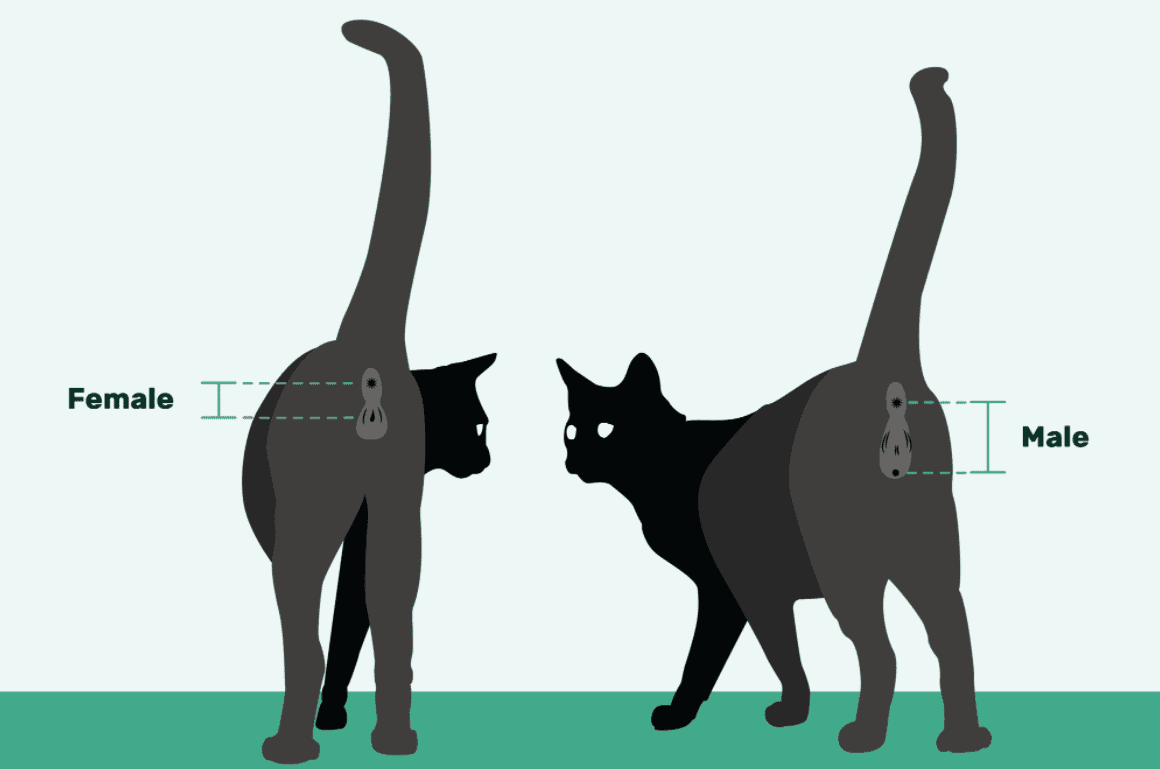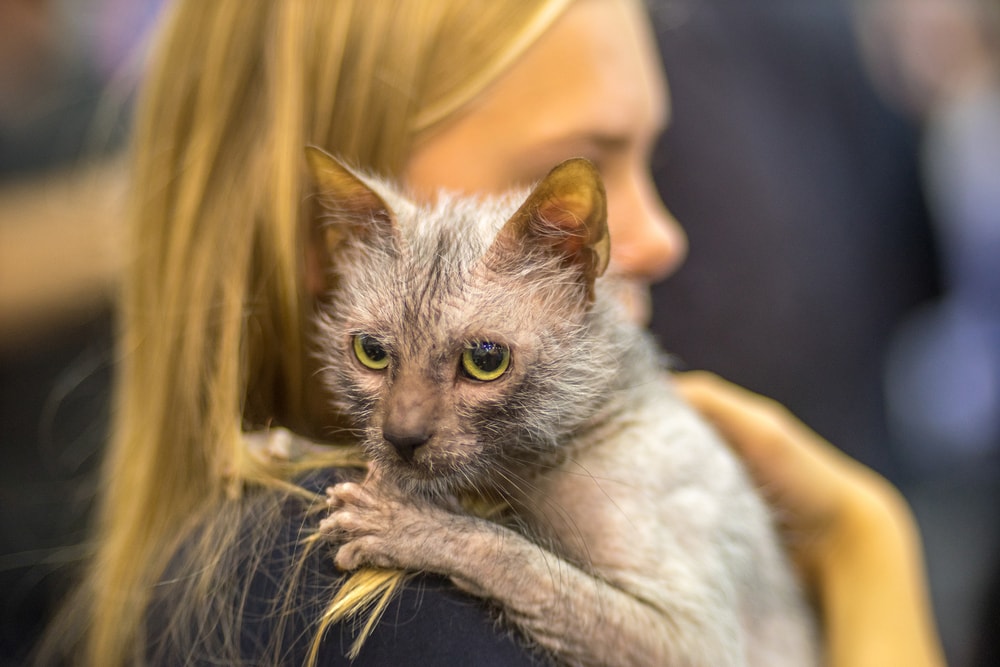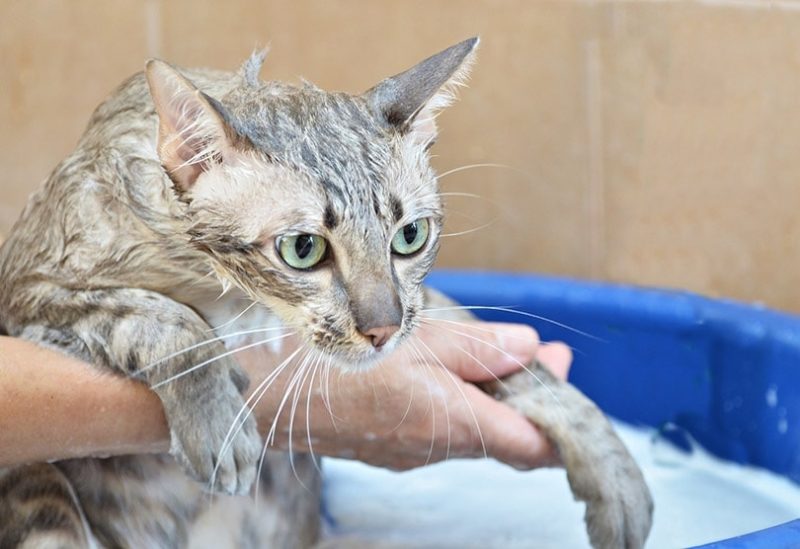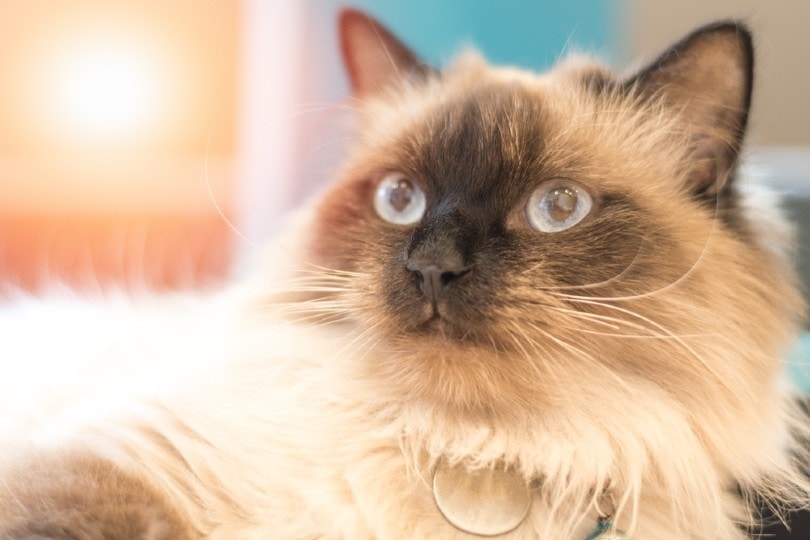Male vs Female Cat: Key Differences (With Pictures)

Updated on
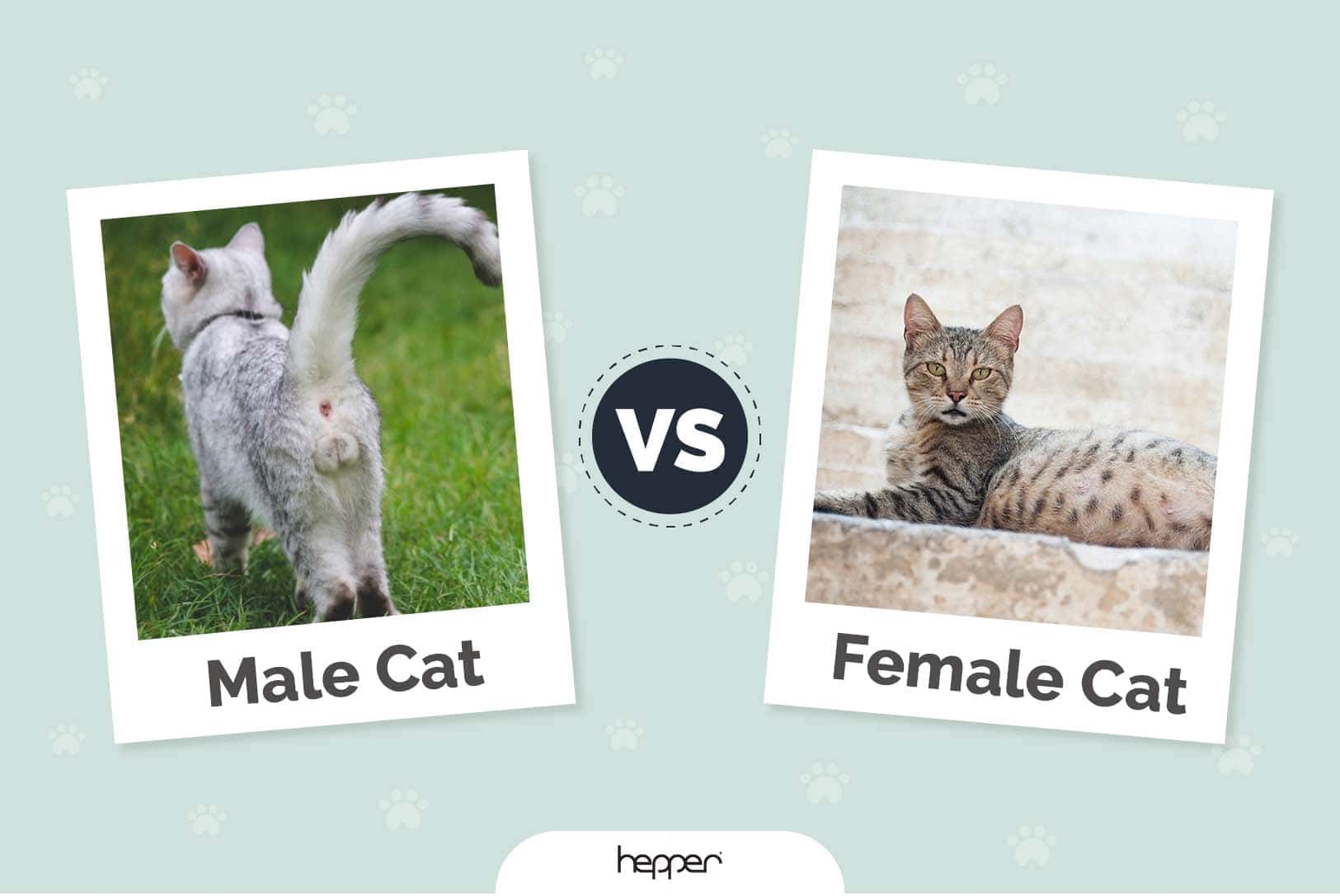
Click to Skip Ahead
Are you thinking about getting a cat but aren’t sure whether you should get a male or female? Along with the biological differences between male and female cats, you may find the size, personality, and behavioral differences that determine the better option for your family. For example, male cats may be more aggressive than females and engage in unpleasant behaviors like spraying or escaping, while female cats may be more vocal, affectionate, and needy with their owners.
Read more about the important differences between male and female cats and decide which one is the right choice for your lifestyle and preferences.
Visual Differences
At a Glance
- Average height (adult): 8–10 inches
- Average weight (adult): 6–12 pounds
- Average height (adult): 8–10 inches
- Average weight (adult): 6–12 pounds
Cats 101
Cats are a common and beloved house pet. Generally friendly and low maintenance, many homes have one or more cats that are considered part of the family. Both male and female cats can be loving companions, but there are differences between how they behave and their common problems that may impact which one you choose to bring home.
Many differences between male and female cats come down to breeding and spaying or neutering. Once spayed or neutered, behavioral issues like urine marking, aggression, vocalization, and escaping are reduced. If you have or are planning to have a multi-cat household, there are differences between the way male and female cats interact with other cats in the household and with dogs and people.
Otherwise, male and female cats show different personality traits, though a lot is influenced by genetics, individual personality, and the environment where the cat was raised.
Male Cat Overview
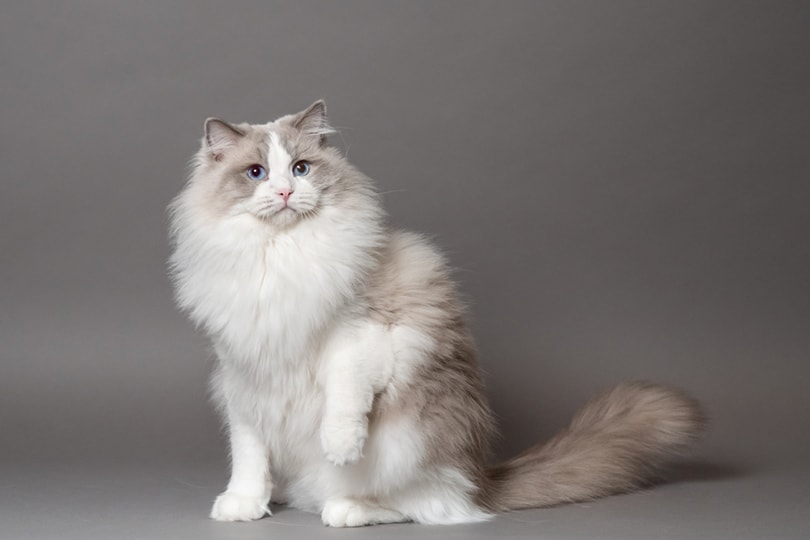
Personality/Character
According to research, male cats are more playful, social, and affectionate with their owners if they’re neutered. Males are also more likely to run around the house at all times of the day and night, which may be disruptive to family members. Male cats are also more likely to get around with other cats in the household, both male and female.
However, this isn’t true of intact males, which tend to be aggressive and territorial with other male cats. Intact males may also urine mark more to establish territorial boundaries.
Training
Male cats are more likely to mark places with urine. This is a difficult problem to fix, and the age when he is neutered doesn’t have a big impact on whether he will mark. Otherwise, there’s little difference in training male versus female cats.
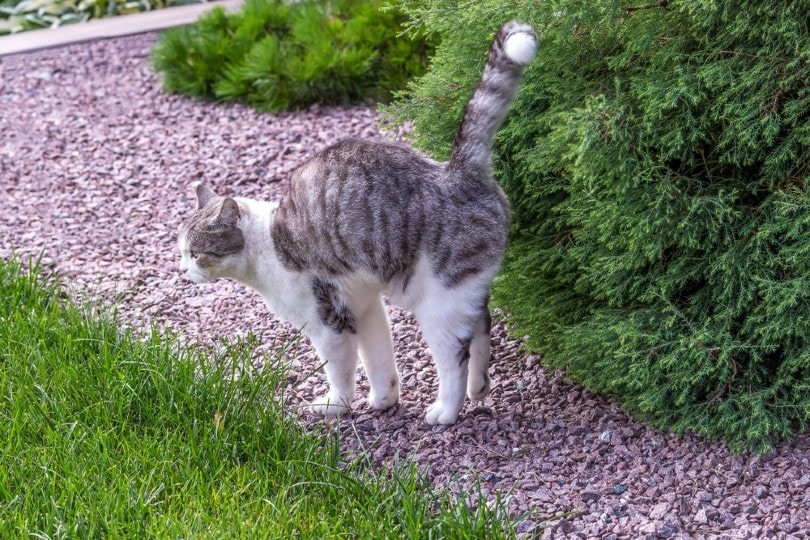
Health & Care
Male cats aren’t inherently healthy or unhealthy compared to female cats, provided they’re neutered. Getting your cat neutered prevents many reproductive problems, including certain cancers, and helps stop the overpopulation of cats if it gets out of the house. Along with the health concerns, neutering prevents a lot of unpleasant behavioral traits in male cats.
Male cats have smaller urethras, leaving them vulnerable to urinary obstructions and urinary tract infections. If this happens, cats may need a special urinary diet to reduce crystals and may need surgery to correct an obstruction.
Breeding
If you’re keeping a male cat intact for breeding, be prepared for urine marking, territorial behavior, aggression, and frequent attempts to escape the house. Tomcats are more likely to try to sneak out a door and cruise the neighborhood for female cats to mate with, leading to unwanted litters of kittens and possible danger to your cat.
- Affectionate
- Playful
- Aggression (intact males)
- Urine marking/spraying
Female Cat Overview
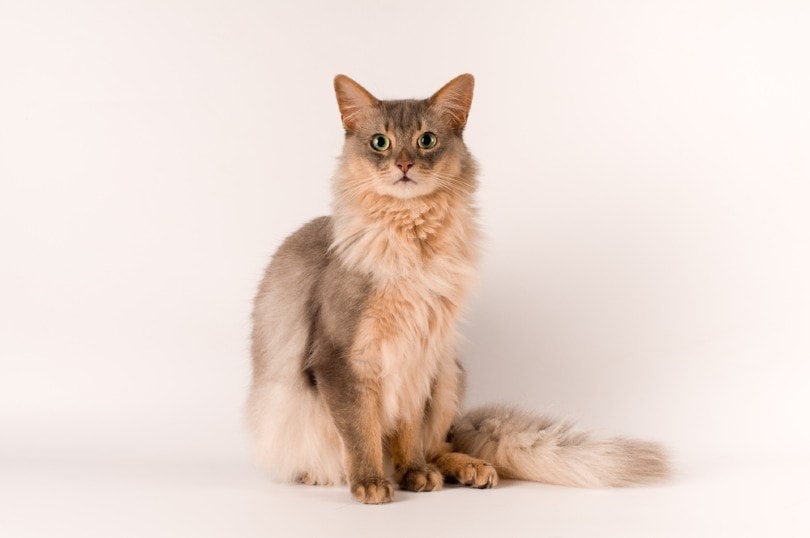
Personality/Character
Female cats are more likely to be fearful or aggressive toward humans and other cats. Female cats may also have conflicts with other cats in the household, regardless of sex, but this has more to do with individual personality. Even once they are familiar with other animals or humans in the household, female cats may remain standoffish. Females also enjoy playing less, especially if it’s rough and rambunctious. Finally, female cats tend to be more vocal than males.
Training
Female cats are easier to litterbox train and less likely to have accidents or deliberate marking behavior outside of the litterbox unless they have a health problem. Because of the tendency toward conflict with housemates, female cats may be more difficult to integrate into existing clowders of cats in a household.
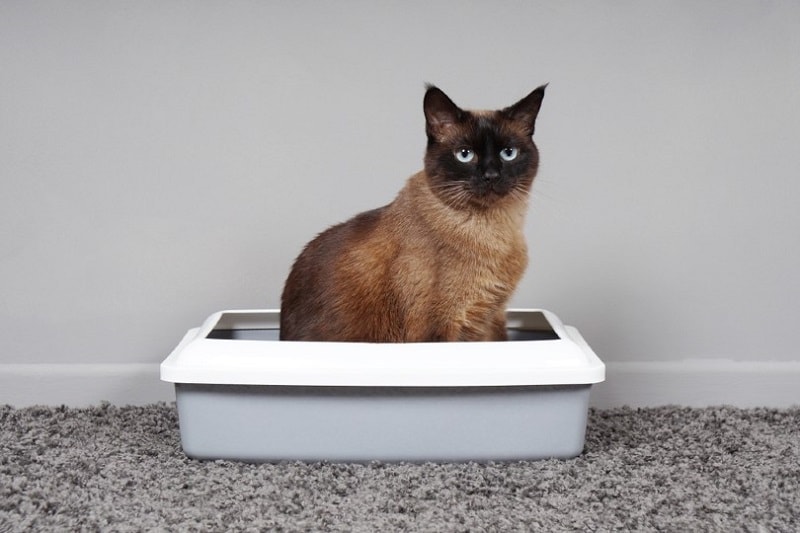
Health & Care
Once spayed, female cats have the same health risks as male cats. Spaying prevents a lot of health concerns, including reproductive cancers. Otherwise, the health conditions of female cats have more to do with breed and lifestyle than sex.
Female cats will also groom themselves but don’t often groom housemates. On occasion, females will bond with males and engage in grooming behavior, but it’s not common.
Breeding
Keeping female cats for breeding may lead to unwanted litters from male cats, either the partner cat or other cats. Females are also more vocal and needy during heat cycles and may try to engage in more cuddling behaviors during this period. This behavior may also attract male cats from your neighborhood as they hear the cries.
- Fewer behaviors
- Fewer health concerns
- Standoffish
- Vocalization (intact females)
Cat Breed and Color
According to research from the University of California Davis Veterinary Medical Teaching Hospital, the breed or color of the cat may be a better indicator of personality than male vs. female. Cats with tortoiseshell patterns are energetic and feisty, for example. Keep in mind that this is not an exact science, however. The cat’s genetics, environment, and individual personality may have more of an influence over behavior than coloration or sex.
Which Gender Is Right for You?
While there are a few differences between male and female cats, both according to behavioral research and physically, the individual cat’s personality is the most important factor in determining how a cat will turn out. Choosing between a male or female cat is ultimately about your preference, and it should be based on the cat that captures your attention and connects with you.
See Also:
- How Many Kittens Are in a Litter? Average Litter Size & Stages of Pregnancy
- Is It True That Cats Protect From Ghosts & Spirits? The Myth Unveiled
Featured Image Credit: ANURAK PONGPATIMET, Shutterstock/ Jim Polakis, Shutterstock

